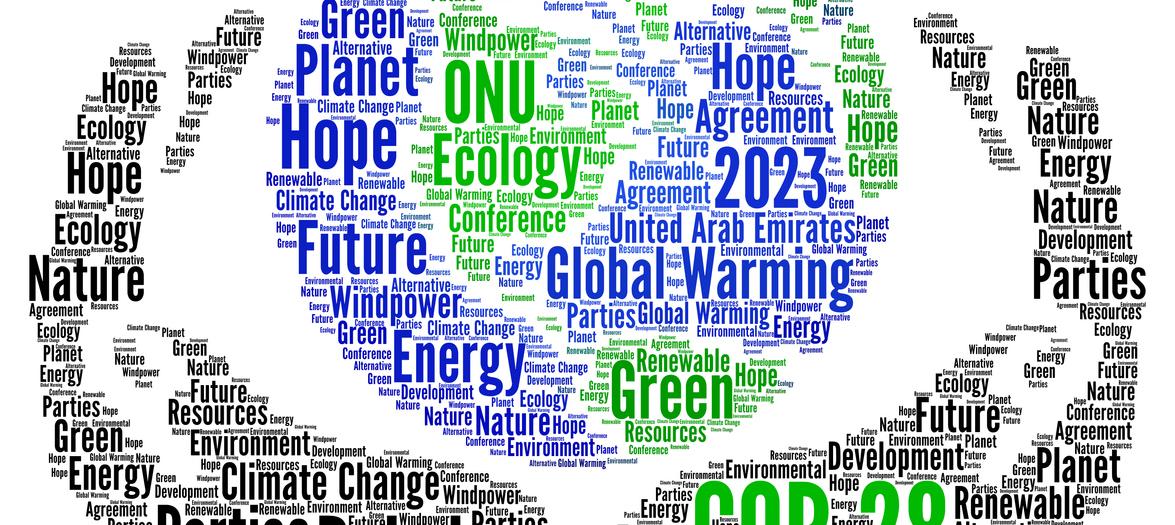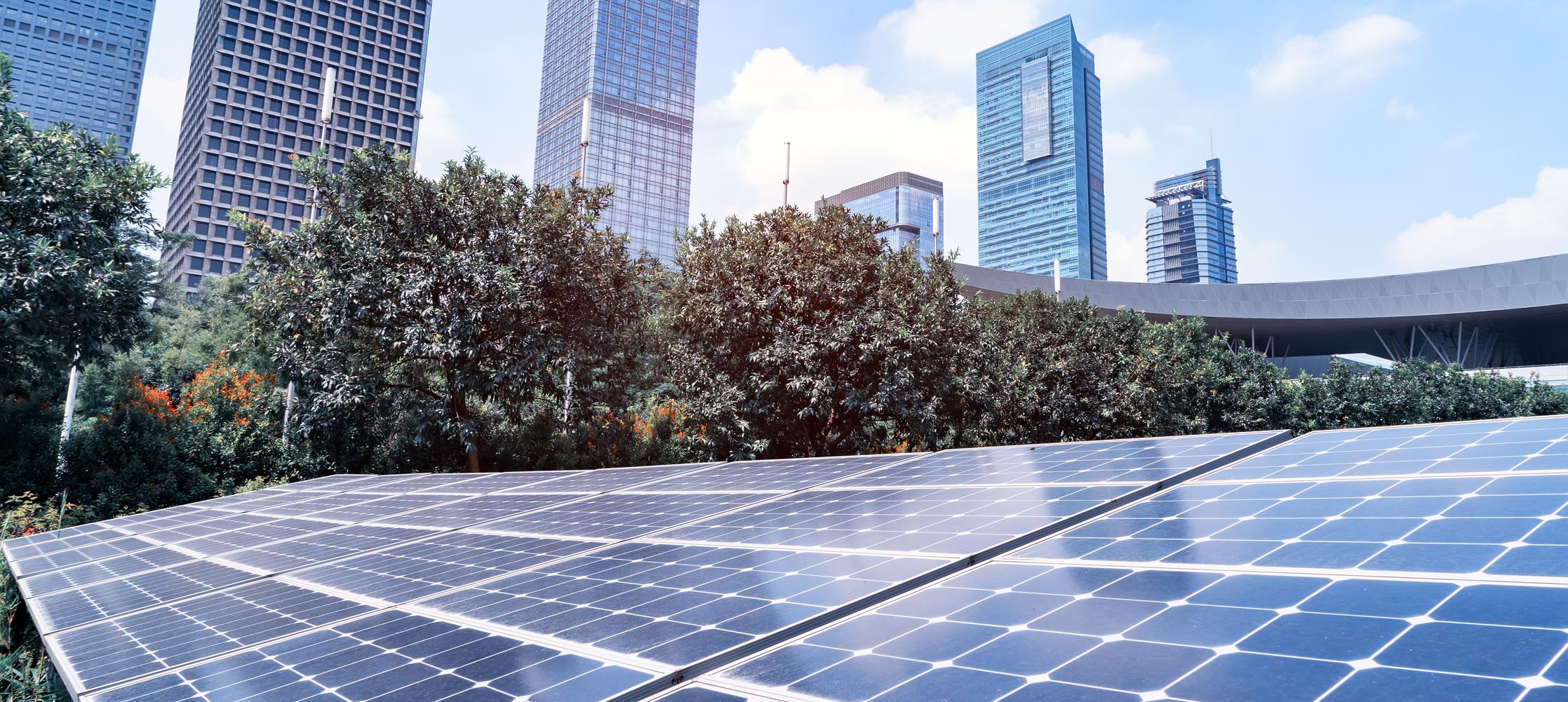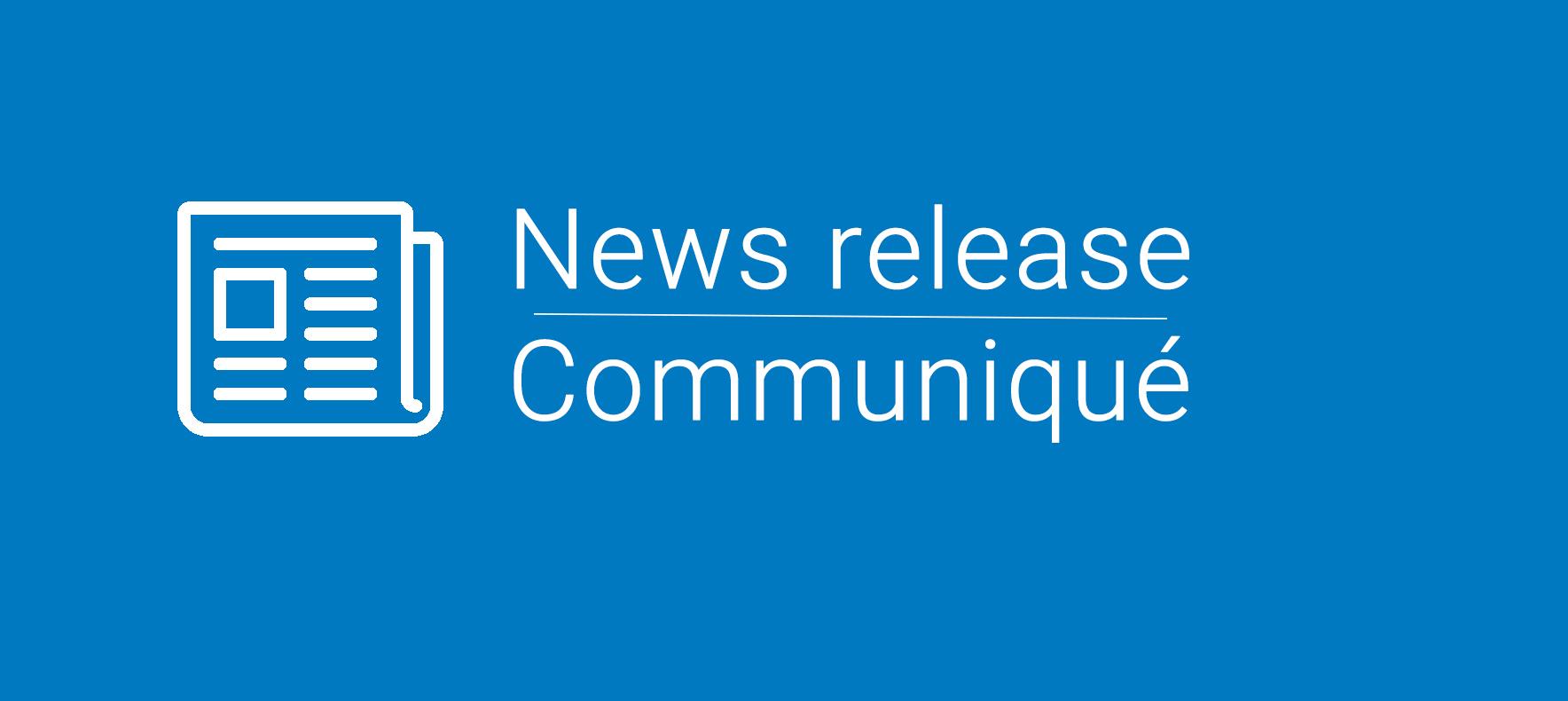-
https://climateinstitute.bmo.com/static/images/clock-icon.svg
5 Minute Read
-
Listen
-
Stop
-
Text Bigger | Smaller
"There are huge areas of permafrost that contain a significant amount of organic matter. Now that the climate is warming and impacting permafrost, the problem means that if you're releasing greenhouse gas, you contribute to a warmer atmosphere even more," says Dr. Fabrice Calmels, Permafrost and Geoscience Research Chair at the Yukon University Research Center.
Join George Sutherland, Climate Change and Sustainability Advisor in BMO's Climate Institute, Paul Murchison, Executive Director, Major Transportation Programs at Government of Yukon, and Dr. Fabrice in part two of our Impacts of a Changing Climate series. The three experts discuss the science of how climate change is impacting permafrost, the trends, and risk of permafrost thaw, and how permafrost is fundamentally linked to all of us through environmental systems.
In this episode:
-
How the cost of thawing permafrost is estimated at $1.3 billion over the next 75 years in the Northwest territories alone
-
How permafrost is impacting communities in the North
-
Why the annual costs to maintain roads impacted by permafrost are so high
-
How more than 25% of our transportation network is underlined by permafrost
-
Approaches to enhance resilience of instrastructure networks to permafrost thaw
Sustainability Leaders podcast is live on all major channels including Apple, Google and Spotify.

Featured Publications

“It was a great privilege to be at COP28 representing BMO and helping advance the matter on c…

Corporate climate action appears to be reaching a new phase. More companies in the United States an…

BMO Arranges Green Financing to Fund New Lawson Centre for Sustainability, Trinity College's Mo…





